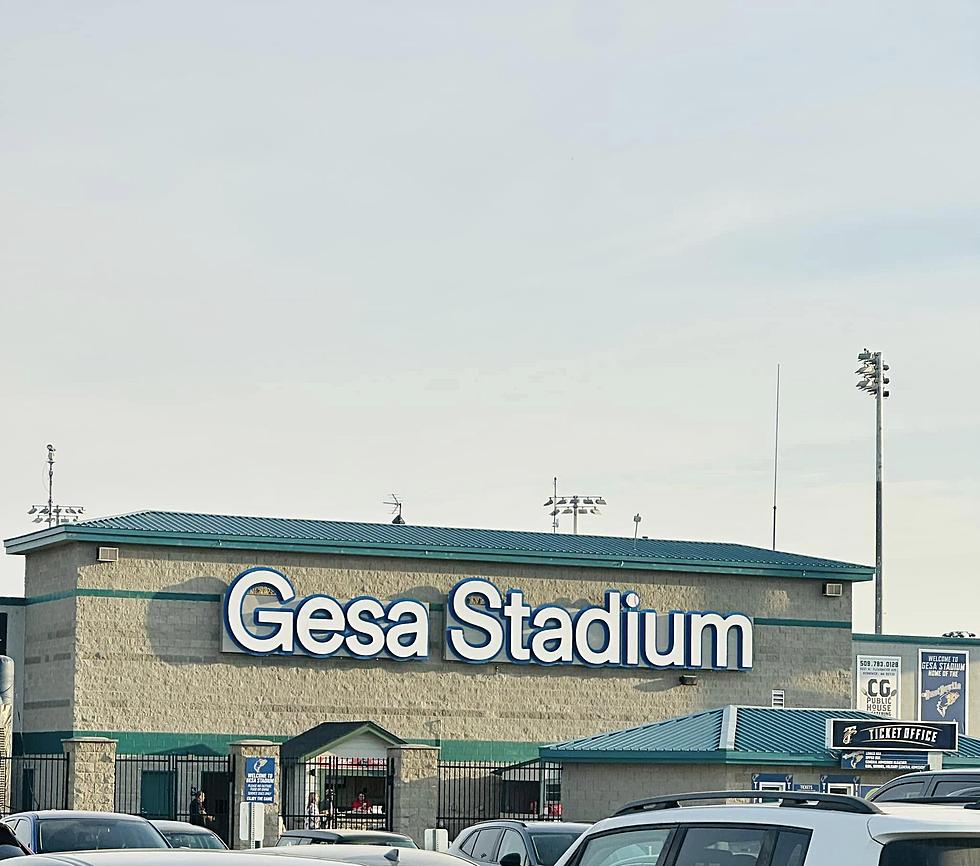
WA Governor Jay Inslee Visits Hanford Site to Meet with Leaders of Historic Cleanup
(Richland, WA) -- It's the largest nuclear cleanup effort in the country, and local leaders say it's underfunded. Washington Governor Jay Inslee toured the Hanford Site alongside Washington State Department of Ecology Director Laura Watson, and Ecology Nuclear Waste Program Manager David Bowen Thursday. One primary objective was to get caught up on all the work being done so the administration can better advocate for federal funding.
The day began inside the Department of Ecology building with a meeting among Tribal representatives, Hanford stakeholders, and other community leaders. The governor then spoke at the Grand Opening of the Laser Interferomoter Gravitational Wave Observatory (LIGO)'s new Exploration Center.

"LIGO is a tool to reveal new aspects of the universe. The Exploration Center is a tool to reveal to kids aspects of science and critical thinking that are hidden from them by circumstance, or lack of opportunity. Said LIGO Hanford Observatory Head Mike Landry." (The Center) will transform STEM education in Eastern Washington and have reach beyond that impacting tens of thousands of students, teachers, and the public--introducing them to our field.".




The center is a collaborative effort involving Caltech, MIT, National Science Foundation, Department of Energy, and the Washington Office of the Superintendent of Public Instruction. It's located at 127124 N Route 10, Richland, WA 99354.
Following the Grand Opening festivities, the governor and his entourage were on the road again headed for the Cold Test Facility--a replica waste tank used to develop, test, and improve tank waste removal methods.


If equipment designed to remove tank waste isn’t successful during testing at the Cold Test Facility, it will not be used to clear any of the actual underground tanks.
The last stop on the tour was the Waste Treatment and Immobilization Plant--a 65-acre project consisting of plants, labs, and administrative support buildings designed to treat, test, and ultimately vitrify radioactive waste. The bulk of current operations consists of bringing the Direct-Feed Low-Activity Waste vitrification plant fully online. Approximately 90 percent of the 56 million gallons of radioactive waste stored in Hanford’s underground tanks is considered "low-activity waste". It is it is at the WTP that the harmful materials will be subjected to a process that will heat and bind them into glass so they can be more safely stored for decades to come.


So, things are certainly moving along with various contractors making progress at Hanford. However, all of the planning, analysis, labor, and logistics required to remedy the situation doesn't come cheap. More than $7 billion in funding is required for the Hanford Cleanup over the next two years if the U.S. government is to maintain compliance with commitments made in the Tri-Party Agreement.
Every fiscal year, the president proposes an appropriation for Hanford and Congress ultimately approve the budget. While legislators generally allocate more than requested by the president, the funding falls well below what officials say is needed to meet the expectations of the original agreement signed in 1989.

"They're ready to finish the cleanup, but we need the federal government to give them the tools to do that, and that means an allocation that is satisfactory. At the moment they're about 1.2 billion dollars shy of that mark." says Inslee.
Senator Patty Murray also questioned U.S. Department of Energy Secretary Jennifer Granholm about the department's reasoning at Senate Energy Water and Water Development Subcommittee earlier this month. The good news is that the Hanford Cleanup has bipartisan support. Local, state, and regional representatives hope that their continued advocacy will encourage further investment.
More From 610 KONA









